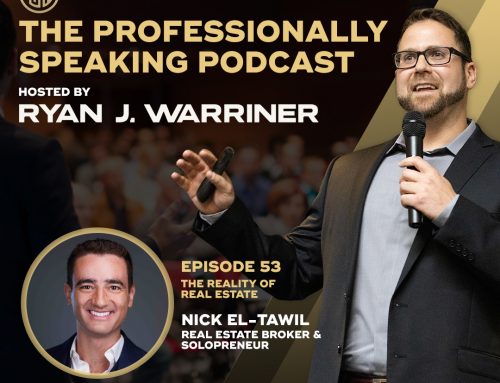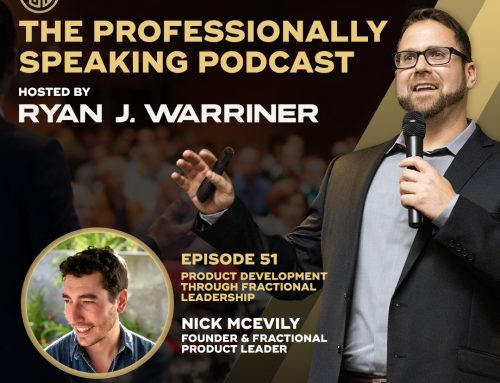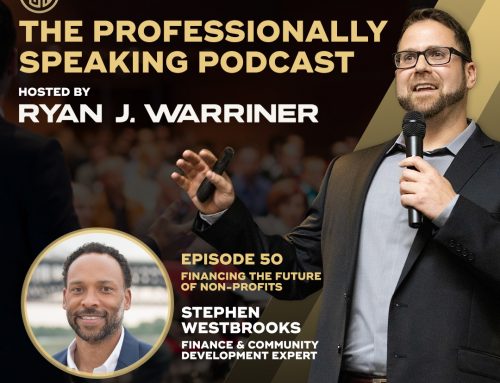There is a key to enhance your message and embed a lasting impression. By shaping your final words, you can increase their impact on your audience.
Movies and concerts are only as good as their endings… the grand finale. The ending of a presentation or speech is no different, and often the most memorable. You should view this time as your last chance to tie all of your content together, and shape your audience member’s reception. This being the case, your speaking or presentation conclusion is invaluable.
When the end is near
As you’re approaching the finish line, you may be tempted to replicate Olympic runners, and sprint! However, the contrary is actually more beneficial. Slow down your speaking pace and pause effectively between statements to maximize impact. Think of this part of your presentation or speech as a victory lap.
The conclusion of a presentation or speech has three purposes:
- To remind the audience of your most impactful content
- To remind the audience of why they are there and what their next steps are
- To close respectfully
Summarize Main Take-Aways
This is the first and largest part of a conclusion. It’s your opportunity to paint a final picture for your audience by tying the key content together. Begin by recapping and highlighting your main points. Keep in mind that your audience might have forgotten some crucial information that you’ve stated earlier. Sometimes audience members have been caught up in peripheral information and missed the key content. Also, some audience members may have misunderstood some key content. This is your opportunity to clarify, refresh, and reinforce your message.
Informative topics
In informative presentations and speeches, the speaker is simply conveying content and information. Almost acting as a vessel of communication, like a messenger. If you find yourself in this situation, restate your key content or main points, and offer an interpretation from your perspective.
Expert tip: To increase your audience member’s reception and understanding, consider rephrasing your Main Take-Aways (Convey your same message or main points using different words than earlier in your presentation or speech).
Persuasive topics
In persuasive presentations and speeches, continue to summarize key content and main points. But remember that you may have emphasized the significance of some of your content. You may have magnified the main points and key content that are influential in helping you to achieve your goal, and downplayed or glossed over information that does not support your objective. Remember to highlight the right information in your conclusion and you will most likely state your opinion in the form of a recommendation, or proposition.
Guiding questions
Listing the Main Take-Aways is meant to create a selective summary of your entire presentation or speech, so don’t include everything. You may be tempted to overload this part with content, but please refrain from doing so. To get the most out of your conclusion, start by asking yourself this questions:
If the audience will forget most of my presentation afterwards, which three or four points do I want them to remember?
What message do I want my audience to take away with them?
These questions will help guide you in what you choose to reiterate and emphasize in your conclusion. Essentially, recapping the journey for your audience, and leading into their next steps.
“It’s not how you start that’s important, but how you finish!”
– Jim George, Award Winning Author and Motivational Speaker
To assist you in your upcoming speaking events, check out our Free Downloadable Resources.
I wish you continued success in your future speaking endeavors!
For more professional speaking insights and free resources, visit Professional Presentation Services, listen to our Podcast, and follow us on LinkedIn.









